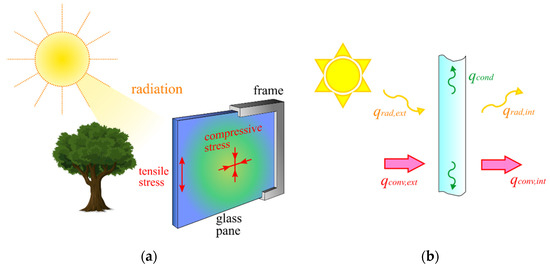Women in Buildings
A topical collection in Buildings (ISSN 2075-5309).
Viewed by 19191Editors
Interests: sustainability; numerical simulation; structural analysis; structural dynamics; constructions; finite element analysis; numerical modelling
Special Issues, Collections and Topics in MDPI journals
Interests: use of recycled components for structural materials; reinforced concrete structures design and assessment; seismic assessment of reinforced concrete structures; assessment; rehabilitation; strengthening and retrofit of buildings and bridges
Special Issues, Collections and Topics in MDPI journals
Interests: material characterization; mechanical properties; microstructure materials; fluid mechanics; mechanical behavior of materials; numerical simulation materials; processing material characteristics; nanomaterials
Interests: earthquake engineering; sustainable buildings; structural dynamics; historic structures; resilient infrastructures; mechanical characterization of building materials
Special Issues, Collections and Topics in MDPI journals
Topical Collection Information
Dear Colleagues,
It is well known that in the areas of STEM (Science, Technology, Engineering, and Mathematics), the bias of gender balance is particularly exaggerated. The number of male researchers working in STEM is much larger than that of women, and this is consistent in countries all over the world. This huge and rather constant imbalance affects the visibility of the work done by women, and very few studies can be found among a large number of male names. In the field of Buildings, even a few women can be found.
The present Special Issue, in this regard, aims to gather research work done by “Women in Buildings” as an open access journal issue able to enhance the visibility of their efforts. It is also expected that this call may also contribute to greater dissemination of the exceptional research being done by female scientists.
Research and design in the buildings field is rather wide and complex, including investigations on material properties and characterization, structural and/or thermal analysis of building components and systems, experimental investigation and/or numerical analysis of complex building systems, definition of new design tools and concepts to withstand extreme design loads, and even more.
We encourage women scientists with active research on buildings to submit an original manuscript to this Special Issue. We welcome submissions from all authors, irrespective of gender.
The collection "Women in Buildings" will welcome research teams and contributions dealing with:
- Building engineering;
- Architecture;
- Constructional design;
- Earthquake engineering;
- Building construction & management;
- Building materials;
- Building structures;
- Composites;
- Energy in buildings and building physics;
- Green buildings;
- And others.
Dr. Chiara Bedon
Dr. Flora Faleschini
Dr. Laura Galuppi
Dr. Linda Giresini
Collection Editors
Women’s Special Issue Series
This Special Issue is part of Buildings's Women’s Special Issue Series, hosted by women editors for women researchers. The Series advocates the advancement of women in science. We invite contributions to the Special Issue whose lead authors identify as women. The submission of articles with all-women authorship is especially encouraged. However, we do welcome articles from all authors, irrespective of gender.
Manuscript Submission Information
Manuscripts should be submitted online at www.mdpi.com by registering and logging in to this website. Once you are registered, click here to go to the submission form. Manuscripts can be submitted until the deadline. All submissions that pass pre-check are peer-reviewed. Accepted papers will be published continuously in the journal (as soon as accepted) and will be listed together on the collection website. Research articles, review articles as well as short communications are invited. For planned papers, a title and short abstract (about 250 words) can be sent to the Editorial Office for assessment.
Submitted manuscripts should not have been published previously, nor be under consideration for publication elsewhere (except conference proceedings papers). All manuscripts are thoroughly refereed through a single-blind peer-review process. A guide for authors and other relevant information for submission of manuscripts is available on the Instructions for Authors page. Buildings is an international peer-reviewed open access semimonthly journal published by MDPI.
Please visit the Instructions for Authors page before submitting a manuscript. The Article Processing Charge (APC) for publication in this open access journal is 2600 CHF (Swiss Francs). Submitted papers should be well formatted and use good English. Authors may use MDPI's English editing service prior to publication or during author revisions.
Keywords
- building engineering
- building materials
- building structures
- building physics
- structural analysis and characterization
- thermal analysis and characterization
- design
- experimental analysis in buildings
- numerical analysis in buildings











